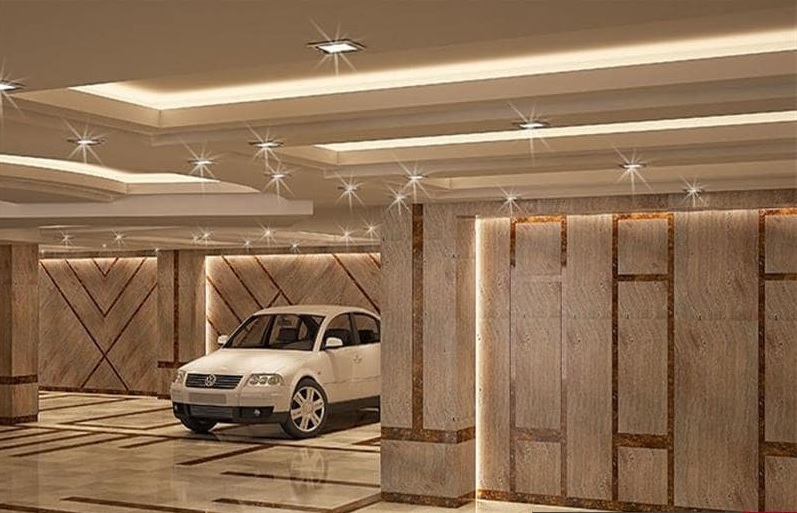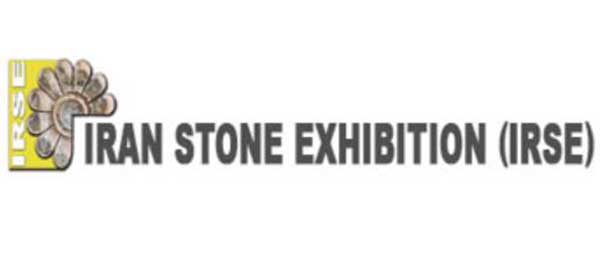The less water-soluble elements of these sources, the brighter the color of the stone.
The amount of heat and height of the area also affects the quality of travertine stone.
Appearance
Travertine stone has a porous texture and a variety of stripes and shapes.
Its color variability is due to differences in compounds present in the sedimentary rocks during the deposition of the stones and present themselves as different veins.
It should be noted that since these veins have a different chemical composition from the stone background, they are less robust in the created rock and form a sensitive point of a rock that exhibits the least resistance to impact or pressure. If the stone has fewer veins and impurities, it has a higher strength.
Most travertine stones have low abrasion resistance, so they are easy to process but have good compressive strength (compressive strength is higher than marble stone and less than granite stone).
But its high strength and porosity provide working conditions in saturated and elevated environments. The maximum and minimum physical requirements of travertine are available in ASTM C1527 or National Iranian Standard.
Advantages and Disadvantages
Travertine, due to its porosity, thermal and acoustic insulation properties, and travertine cavities increase its resistance to fire. Travertine stone has an acceptable strength. This stone can be cut in two forms, undulating and without undulating. Travertine has holes and pores that must be filled during processing.
The presence of the cavities in travertine cause the cement mortar to penetrate the cavities during the installation of the stone and prevent the stone from falling.
The lower specific gravity of this stone is significant compared to some other types to help reduce the weight of the building and the load on its skeleton.
Travertine stone has high polishing properties (especially Abbas Abad and Haji Abad travertine) so it provides high luminosity and is also more suitable for use in volumetric views.
Travertine stone is used in Roman facades, which can achieve all kinds of volumes.
The disadvantages of this stone are its relatively high water absorption. This defect was almost covered with the development of processing technology.
Coating materials and so-called resin during processing and polishing of the stone, reduce its water absorption and the effect is that the stone is later to become dirty and less exposed to weathering. So the quality of the sub and the resin is remarkable in its longevity and beauty.
In the past, due to its porous appearance, consumers were reluctant to use travertine stone, and travertine was one of the cheapest stones until the advent of technology and the use of resin fillers resulted in a smooth and shiny surface treatment with beautiful mechanical properties. And become chemical.
The addition of the resin step made a big jump in the amount of travertine extracted and processed.
Uses
Travertines, due to their high porosity, are suitable for interior and exterior views of the building.
Travertines can be used even in very cold and rainy areas without having to worry about rock.
The interior can also be described as:
- Wall mount
- Stairs armpit
- And…
Used according to the style desired.[/vc_column_text][/vc_column][vc_column width=”1/2″][vc_single_image image=”1860″ img_size=”full”][vc_single_image image=”1861″ img_size=”full”][/vc_column][/vc_row]



